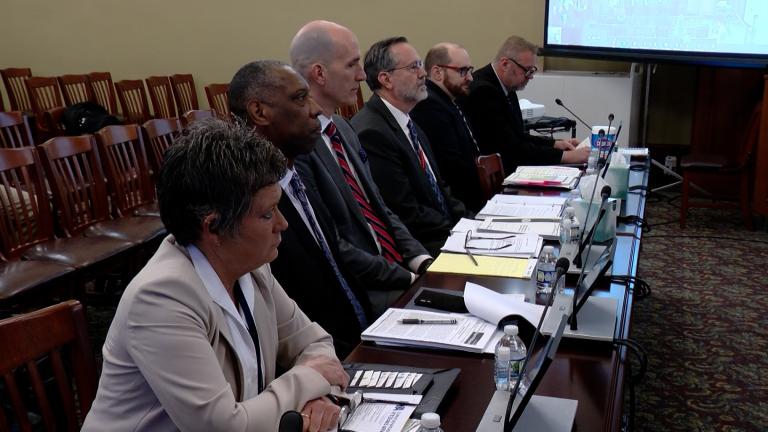Chicago and Cook County officials announced Tuesday they will allow indoor dining and drinking at bars and restaurants to operate at 50% of their normal capacity, or no more than 50 people.
Chicago and Cook County restaurants and bars were closed to indoor service for 85 days amid a sustained and grave second surge of COVID-19 throughout the state that began in mid-October and peaked a month later, according to state data.
Limited indoor dining resumed in Chicago and suburban Cook County on Jan. 23, at no more than 25% of normal establishments’ capacity or 25 people, whichever was less. That increased to a maximum of 50 people on Feb. 11 after three days of a citywide test positivity rate of 5% or less, which indicates the spread of COVID-19 is in good control, officials said.
On Feb. 16, restaurants and bars were allowed to operate at 40% of their normal capacity but no more than 50 people after the city marked three days at the “moderate-risk” level as determined by the number of COVID-19 cases diagnosed per day, the city’s test positivity, the number of emergency room visits for COVID-19-like illness and the number of intensive care beds occupied by those diagnosed with COVID-19, officials said.
Chicago has reported fewer than 400 cases per day of COVID-19 for 17 consecutive days, more than the 14-day incubation period the virus typically takes to develop.
“We have made incredible progress in recent weeks and months, and I thank our business community for their ongoing commitment to saving lives,” Mayor Lori Lightfoot said in a statement. “I am thrilled that we have reached 50% capacity, but I again call on all of our businesses and residents to double down on what works. We must remain diligent as we continue to move forward cautiously and responsibly.”
Representatives of the Cook County Department of Public Health told WTTW News suburban Cook County would follow the same rules in effect for Chicago and loosen restrictions on indoor dining and drinking.
Evanston, Skokie and Oak Park, which have their own health departments, are not covered by the county’s rules.
Diners must be seated at tables of no more than six people that are kept 6 feet away from each other. In addition, bars must serve food, according to the rules. In Chicago, bars without a food service license can reopen as long as they partner with an eatery or allow delivery, officials said.
"Everything is headed the right way," said Chicago Department of Public Health Commissioner Dr. Allison Arwady during an online question-and-answer session.
City officials are also loosening restrictions on the sale of alcohol. Bars and restaurants can stay open an additional hour until 1 a.m., and liquor stores can stay open two additional hours until 11 p.m.
In addition, indoor fitness classes can increase capacity to 20 people, an increase of five participants.
Performance venues, movie theaters and personal services can also operate at 50% of their normal capacity, or no more than 50 people, according to the new rules, officials announced.
Chicago, known as Region 11 under the state’s reopening plan, and suburban Cook County (Region 10) qualified for what state officials refer to as phase 4 restrictions on Jan. 30, which allows restaurants and bars to operate at 50% capacity or 50 people, whichever is less.
An average of 283 Chicagoans have been diagnosed each day with the coronavirus during the past week, a 6% increase from the previous week, but testing has risen 15%, according to Chicago Department of Public Health data. The city’s average test positivity rate is 2.9%, according to city data.
Lightfoot and other local officials can order tighter restrictions than state officials for Chicago and has done so at several points in the pandemic, including in June after the first wave of the pandemic eased.
Under city rules, bars, restaurants and other businesses were allowed to operate at no more than 25% capacity from June until October, when Lightfoot lifted those restrictions. That move came approximately two weeks before the second wave of the pandemic hit Chicago and Illinois, prompting Gov. J.B. Pritzker to suspend indoor dining and drinking on Oct. 30.
The mayor and governor have long been at odds over this issue.
While Pritzker has repeatedly said he was confident there was a causal relationship between the fast spread of the virus and indoor dining and drinking, Lightfoot has said the ban encouraged private parties, where no one is ensuring that household groups stay 6 feet apart and everyone wears a mask when not eating or drinking.
Contact Heather Cherone: @HeatherCherone | (773) 569-1863 | [email protected]








